| Structure | Name/CAS No. | Articles |
|---|---|---|
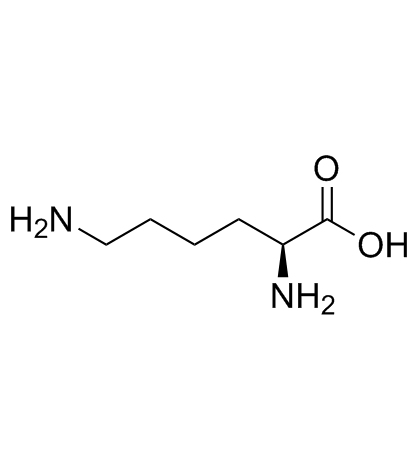 |
L-Lysine
CAS:56-87-1 |
|
 |
L-(+)-Lysine monohydrochloride
CAS:657-27-2 |
|
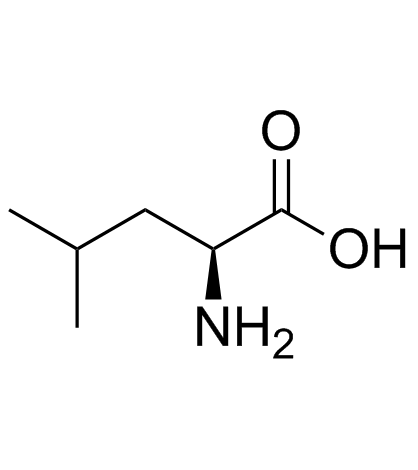 |
L-leucine
CAS:61-90-5 |
|
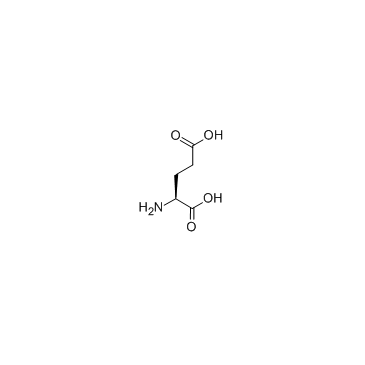 |
L-glutamic acid
CAS:56-86-0 |
|
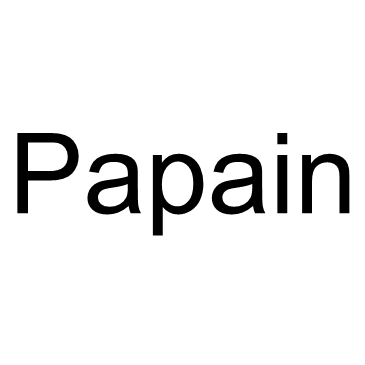 |
Papain
CAS:9001-73-4 |
|
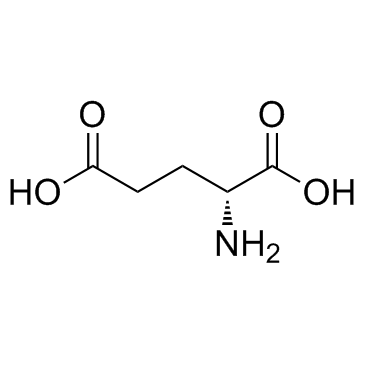 |
D(-)-Glutamic acid
CAS:6893-26-1 |
|
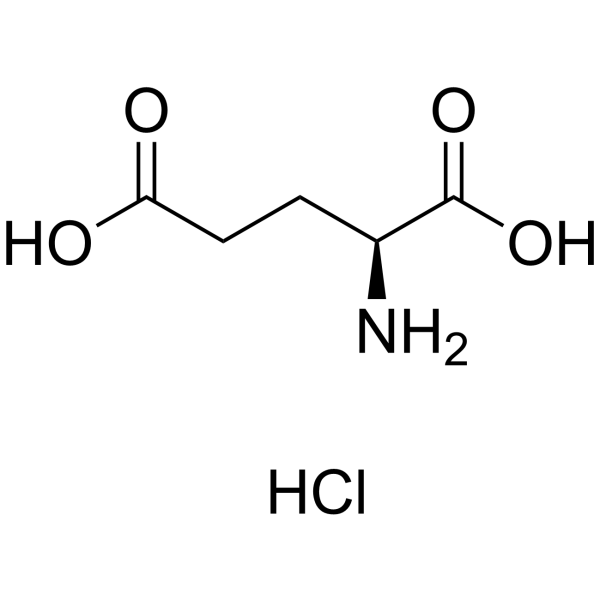 |
L-Glutamic acid:Hcl (17O4)
CAS:138-15-8 |
|
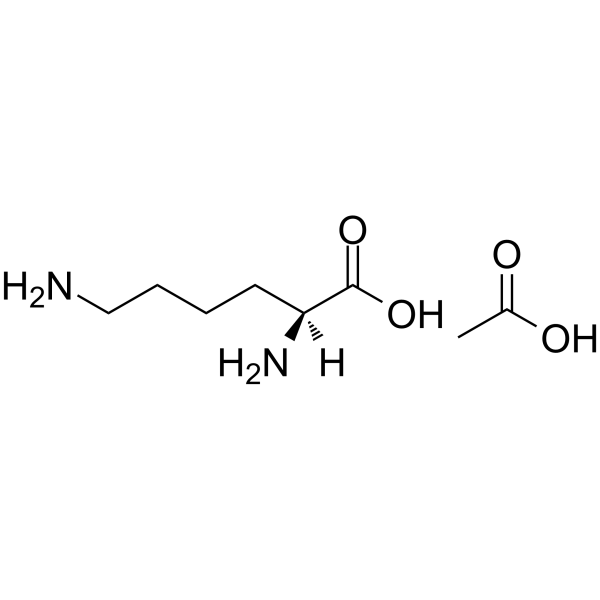 |
L-Lysine monoacetate
CAS:57282-49-2 |